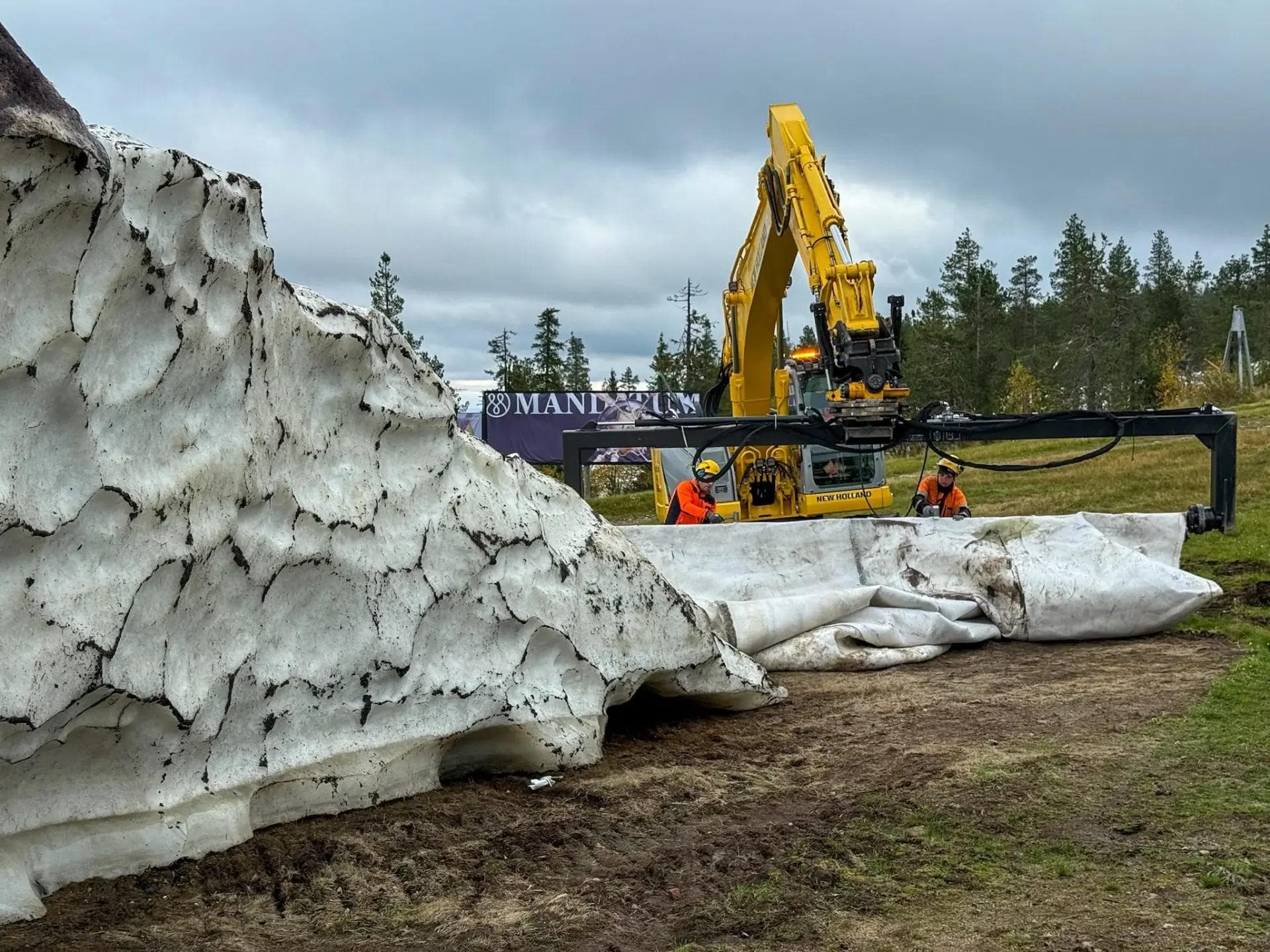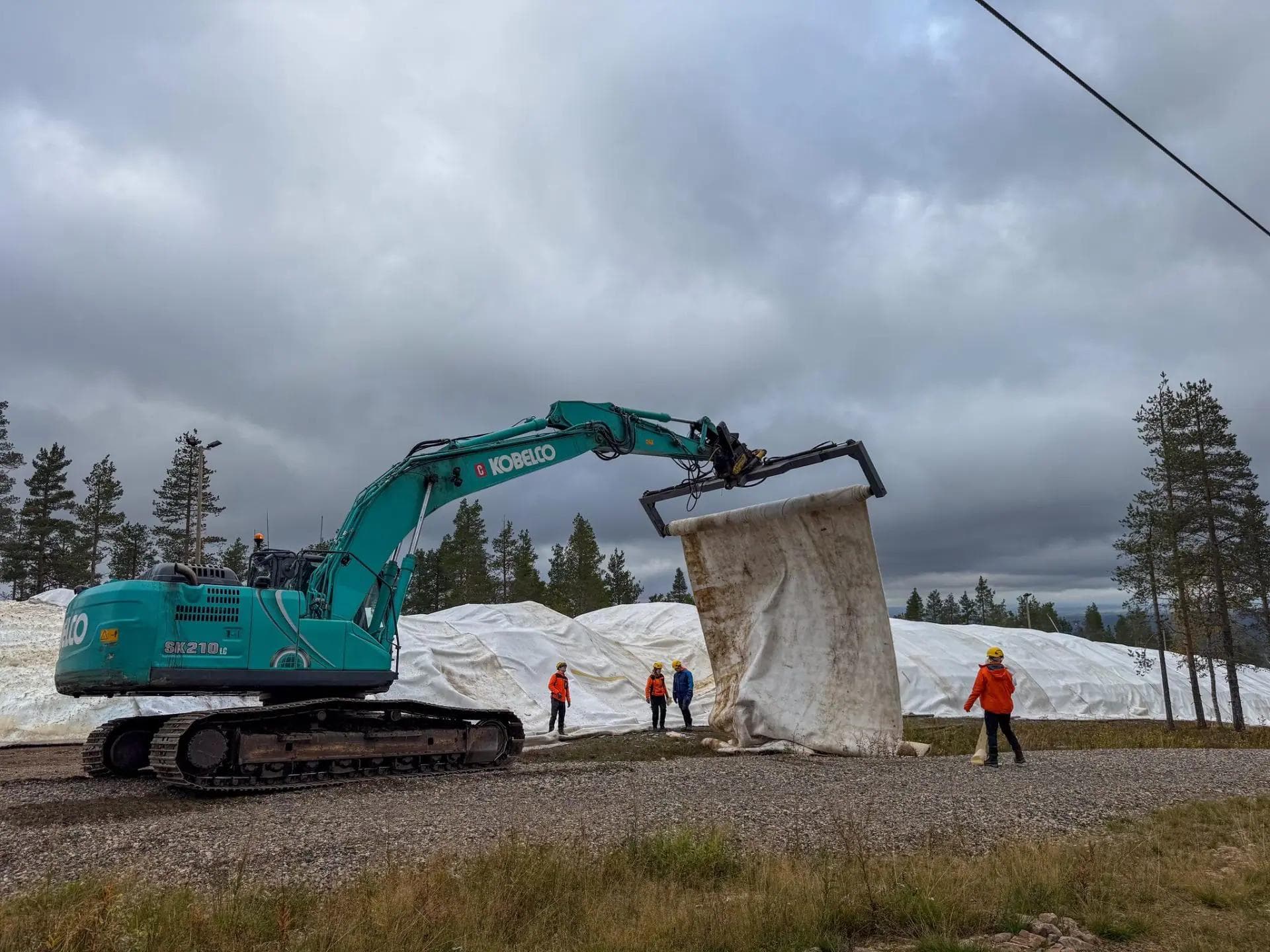
Snow Farming Enables Early October Openings for Finnish Resorts
Published Date:
Categories
Finnish Resorts Lead Early Season Openings with Snow Farming
Levi and Ruka, two of Finland's largest ski areas, are set to open on 3 October, marking the earliest non-glacial resort openings in the northern hemisphere for the 2025-26 season. This early start, a full 18 days before traditional opening dates, is made possible through the use of snow farming - a technique that's gaining traction as ski resorts grapple with the impacts of climate change.
While the ski industry often touts these early openings as cause for celebration, it's worth examining the broader implications and sustainability of such practices. Snow farming, which involves storing large quantities of snow from the previous season under insulating covers, allows resorts to open regardless of current temperatures or natural snowfall. Levi reports storing nearly 300,000 cubic meters of snow from the 2024-25 season, with the majority earmarked for their front slope and World Cup run.

The practice of snow farming presents a mixed bag for the ski industry. On one hand, it provides a degree of certainty for early season operations, potentially safeguarding revenue during the crucial holiday periods. Resorts can open limited terrain even when temperatures don't allow for snowmaking, theoretically improving the guest experience and financial outlook.
However, the sustainability and long-term viability of snow farming raise questions. While it may serve as a stopgap measure against the immediate effects of warming temperatures, it doesn't address the root causes of climate change affecting ski resorts globally. The energy and resource costs of storing and redistributing such large volumes of snow are not insignificant.
Moreover, the trend of ever-earlier openings fueled by snow farming and aggressive snowmaking pushes the boundaries of what constitutes a natural ski season. As resorts in Europe and North America adopt similar techniques, including Whistler, Courchevel, and Kitzbühel, it's worth considering whether this approach truly enhances the skiing experience or simply caters to marketing-driven 'races to open'.

The adoption of snow farming by major resorts signals a shift in how the ski industry is adapting to climate uncertainty. While it may provide short-term solutions for maintaining early season operations, it also highlights the growing artificiality of ski area management.
For skiers and snowboarders, these early openings offer mixed benefits. While die-hard enthusiasts may appreciate the chance to hit the slopes in early October, the experience is likely to be limited to a handful of runs on stored snow, hardly representative of peak winter conditions.
As the industry continues to grapple with the challenges posed by climate change, innovative solutions like snow farming will likely become more commonplace. However, skiers and industry observers should maintain a critical perspective, questioning the long-term sustainability and environmental impact of these practices. The true test for ski resorts will be balancing operational needs with genuine environmental stewardship, rather than relying on technological fixes that may ultimately prove unsustainable.




